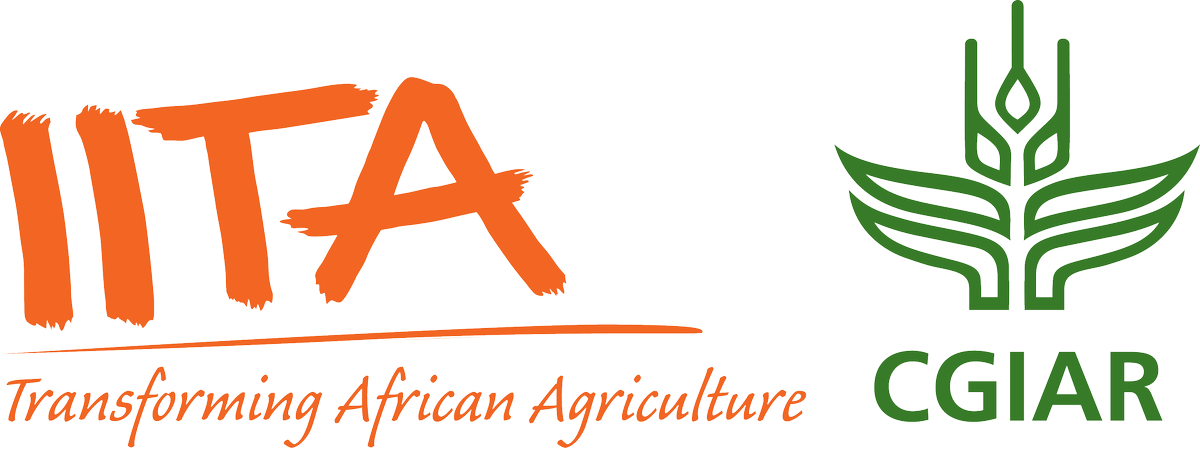Welcome to the International Institute of Tropical Agriculture Research Repository
What would you like to view today?
Storage systems for maize ( Zea mays L.) in Nigeria from five agroecological zones
Abstract/Description
An international project to assess the extent of aflatoxin contamination of maize in West Africa has begun in Nigeria. A survey was conducted from October 1992 to July 1993 to identify maize storage systems used by farmers in five major agro-ecological zones in Nigeria and the problem associated with such systems. The zones were: humid forest, mid-altitude, southern Guinea savanna, northern Guinea savanna, and Sudan savanna. Five villages within each zone were selected and five farmers withineach village interviewed. Eight storage structures were described, including raised platforms, synthetic fertilizer bags, cribs, traditional clay silos known as 'rhumbus' and 'obas' –a woven basket made from guinea corn stalks and glass bottles. Just over 20% of the farmers complained of problems with fungi, the majority of complaints coming from the southern Guinea savanna zone, and use of fertilizer bags as a storage method. Farmers' practices to avoid storage pests included spraying the stored maize with ash and pepper, use of pesticides such as actellic dust, gastosin, aldrex 20,frequent smoking of the storage structure and use of leaves from local plants.

